How to Choose the Best Garden Seeds for Your Garden
This post may contain affiliate links. Read our disclosure policy here.
Are you getting ready to order your garden seeds for the coming summer, and you want to make sure you are ordering what you need? Here’s how I choose my garden seeds!
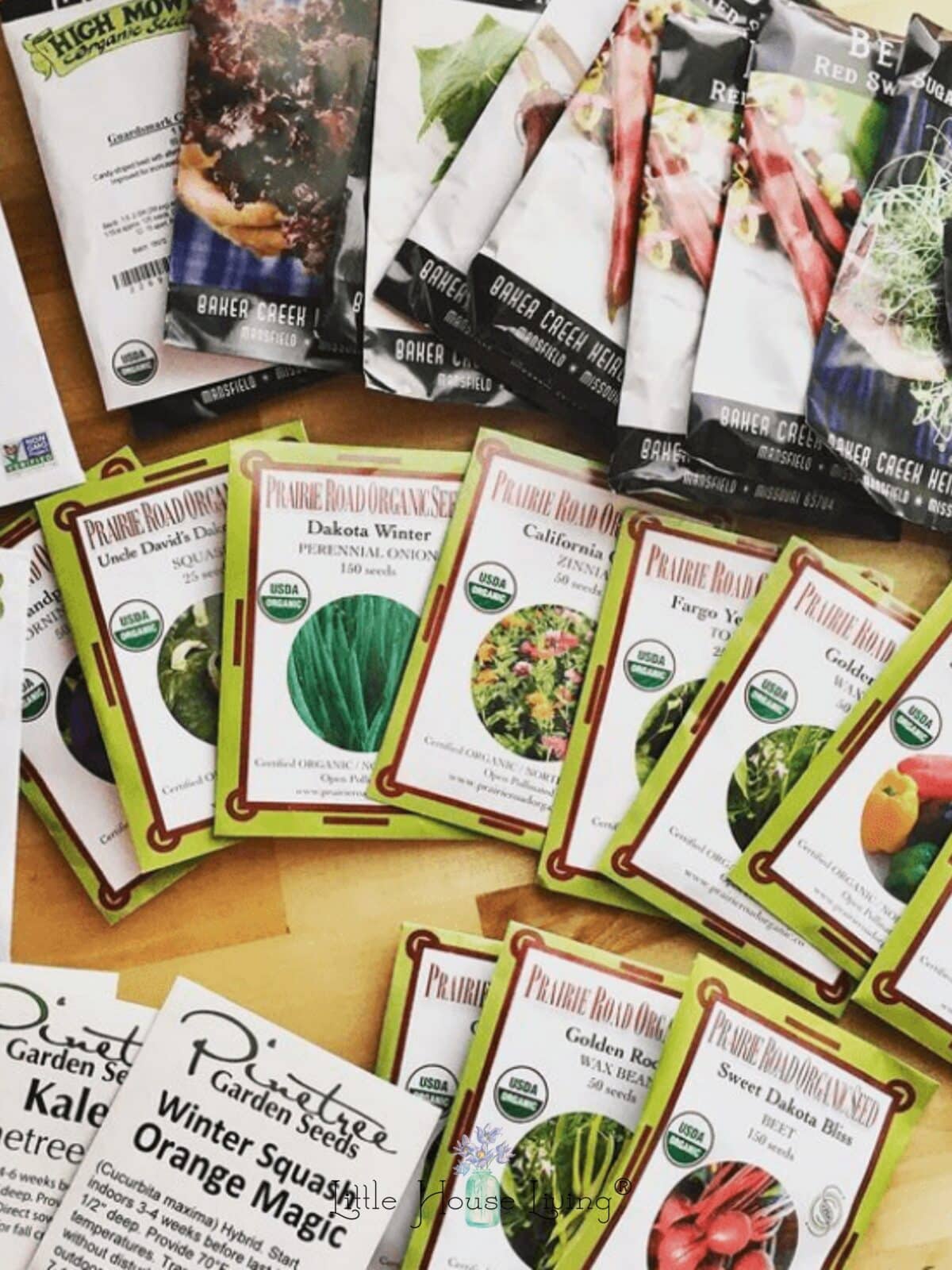
How to Choose the Best Garden Seeds
The winter is my favorite time to start planning my garden.
It’s cold and dreary, but as soon as I look at those beautiful seed catalogs and all of the fruits, herbs, and vegetables in them, thoughts of warm summer days with birds singing and bees buzzing swirl around in my mind.
I’ve blogged about gardening on Little House Living before, with much of my experience coming from my growing-up years. Today I want to share all about seeds and how I pick them based off the past 15 years of gardening in my adult life and with the added experience of gardening in different climates.
For those of you who have incredible soil and can grow just about anything in your vegetable garden, this might not be the blog post for you.
For those of us who struggle to find what vegetable seeds we need to grow in our climate, I hope you find something helpful here!
First things first…
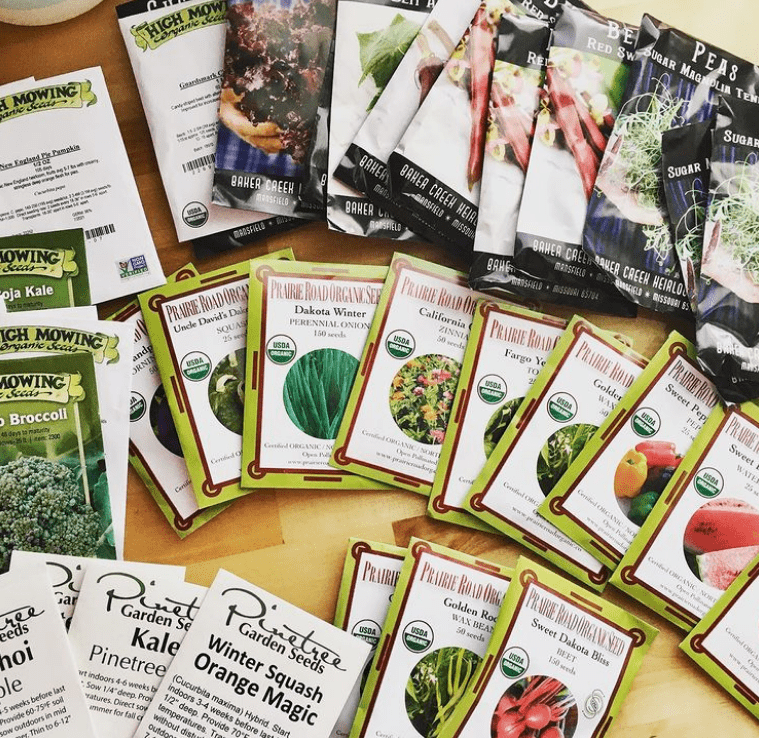
Look for a seed company that grows and harvests their seeds in your climate.
If you are in North Dakota and choose a seed company in Florida, you probably won’t have much luck with their recommendations. You need to find seeds that are grown and harvested in something similar to your plant’s hardiness zone.
If you can’t find a seed company near you, at least try to find one in another state with a similar climate. You might be able to find these online or at a local garden center. As far as I know, there are no seed companies in South Dakota, but I was lucky enough to find a few in neighboring states.
This year, I ordered my seed packets from:
- Pinetree Garden Seeds (not close by but grown in Maine so it is a somewhat similar growing zone)
- Prairie Road Organics (North Dakota company)
- Baker Creek Heirloom Seeds (not close, but ordered from them for reasons you will find below)
- Meadowlark Hearth (Nebraska company)
- High Mowing Seeds (also not close, but ordered from them for a different reason you will find below also)
- Johnny’s Selected Seeds (not close but has larger packet sizes, good for things like beans and peas)
Most of these seed companies offer annual seeds that are non-GMO, heirloom varieties, organic, and things like that if those specific traits and labels are important to you. Most have both annuals and perennials for flowers as well.
In the past, I’ve purchased seeds that aren’t grown in a similar climate (especially lettuce, carrots, peppers, squash, melons, spinach, beets, and cabbage). I’ve had issues with everything from germination rates to characteristics.
Check out Seed Treasures in northern Minnesota. They have seeds for your zone, they raise all their seed and she does comment on some that did well during their last drought.
Another company with an excellent reputation is Sand Hill Preservation in Iowa. He used to farm in Idaho so he understands short seasons and has seeds from his time there. Some of his selections he will indicate they do well in dry conditions. You need to know something about most of his varieties to determine if they are both short season and drought tolerant. But he has an excellent selection and his prices are excellent.
Betsey, Little House Living reader

Know your climate and order seeds that are good for your type of soil and atmosphere.
I never did this until recently. Sure, I would pick tomato seeds that didn’t take 100 days to grow, but I never put more thought into it than that.
This year, I ordered seeds that are good for a dry climate (as we are high elevation and tend to be wet in the spring/fall and dry in the summer). I also want to save water, so picking things that like the drier soils will work great.
As much as I’d love to grow a big juicy cantaloupe here, it’s just not going to happen. Most cucumbers don’t do well in my soil or climate, either. I need to stick with high-quality seeds that are for my plant hardiness zone and specific microclimate.
The seeds I ordered this year from High Mowing are specifically selected for their ability to grow in a short, dry season.
If you have issues in your area, remember to also look for plant varieties bred for certain disease resistance or pest resistance.
In Calgary, we have a climate similar to yours. We have a short growing season of 90 – 100 days if we are lucky plus the summers are usually mainly warm (sometimes hot) and dry. We are an arid mountain desert climate that also experiences wide temperature swings in a single day which adds a whole other challenge. Early summer is prone to hailstorms which can wipe out the year’s crops. I usually use seeds from two companies – McKenzie which is based out of Brandon Manitoba and West Coast seeds from B.C. Most of the West Coast seeds are organic heirloom which I use for herbs that I plant in pots which can be bring inside if the weather is foul. The McKenzie seeds are a mix of heirloom and regular. I start tomatoes inside in mid March, the herbs under grow lights in February and sometimes other things in March – May. This year I plan to start some sunflowers indoors at the end of April to give them a head start because when I start them outside they don’t bloom until the end of the summer and the frost will often get the blooms before they open fully. I have saved bean and pea seeds from previous garden harvests and found some success with that as well. I no longer need to grow the massive amounts of food like earlier years when like you I was feeding a family but still grow a lot to fill the freezer and can. Any extra I give to my kids or friends. I keep a journal to record what grew well and what didn’t and note any successes or failures of new things that I tried. This year, I’m going to grow potatoes for the first time in over 10 years and try corn again as well. We eat a lot of both so it is worth it to try to grow. I love trying new things. Like you, I find this time of year a bit tough with waiting for spring. I love looking at seed catalogues and visiting a local greenhouse to get my “plant fix” to hold me over until planting time. Take care and best of luck with the spring garden.
Susan, Little House Living reader
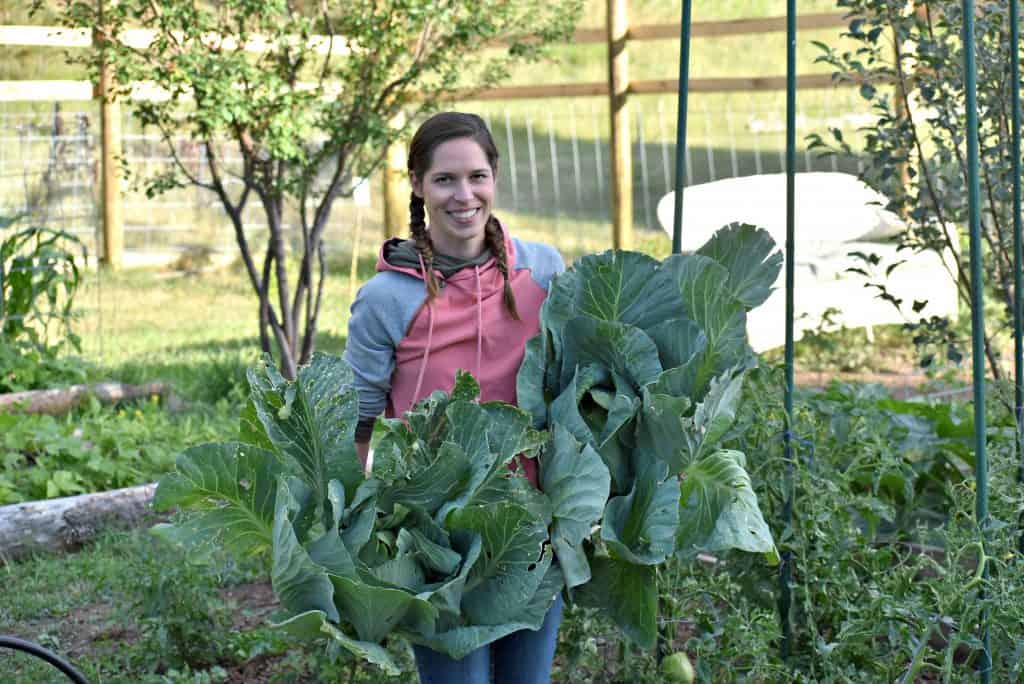
Pick seed varieties that you know already do well.
This is why I ordered anything from Baker Creek Seeds this year. I’ve had very poor luck with them over the past couple of years. However, last year, I discovered that we loved the red beans and purple peas that we tried from them. They grew very well for us and were so easy to pick.
You may want to select a couple of “new” things to try to just test them and see if they will do well in your climate. I know I can grow excellent green beans, so changing to a red bean wasn’t much of a stretch. It’s always good to order those tried and true varieties you can grow.
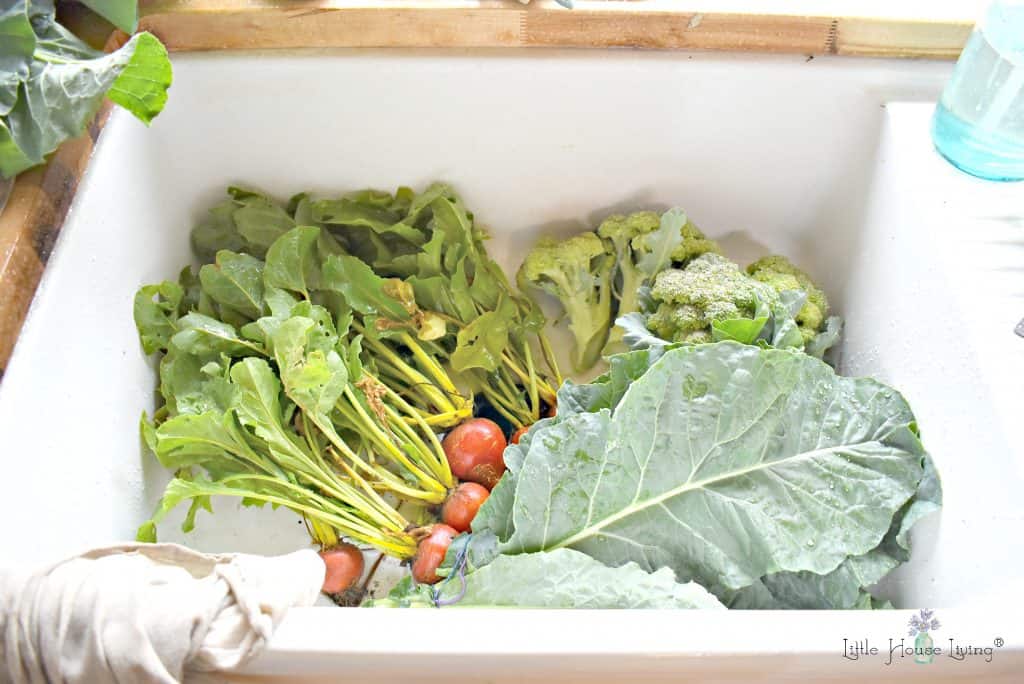
Only buy things your family will eat.
I’d love to grow more corn, and I know that I can grow it successfully here. However, my husband isn’t a big fan.
Is it worth my time and garden space to grow something my family won’t enjoy eating?
You don’t have to grow everything in your garden. It’s okay to grow only what you really want to grow.
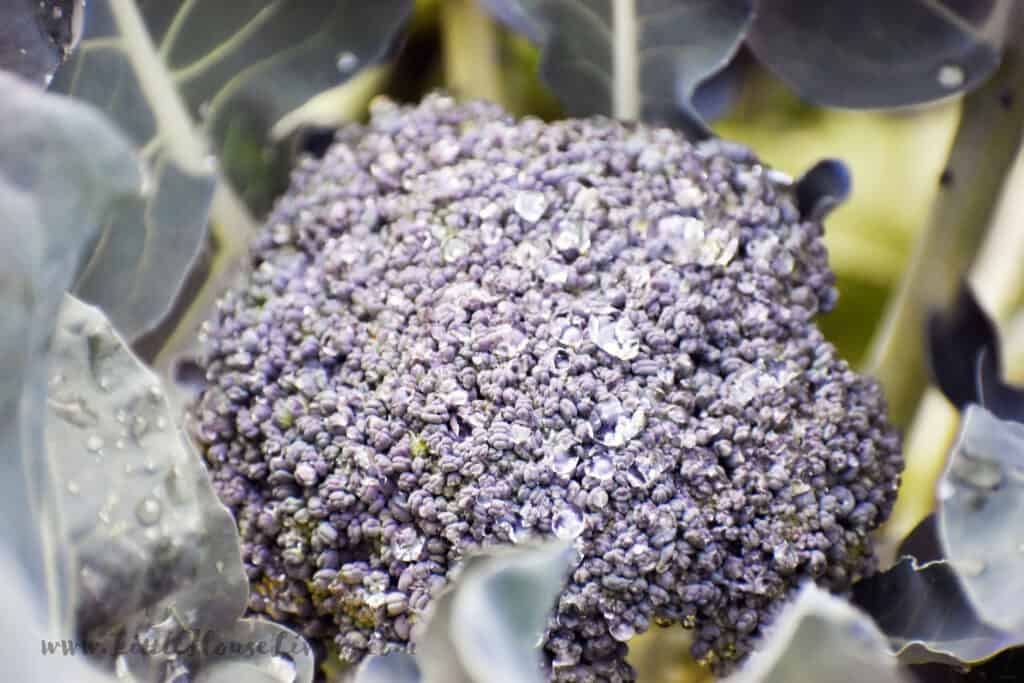
Select seed varieties based on what you want to do with them.
If you plan on saving seeds, you need to buy heirloom seeds.
If you want plants that will produce exactly what they are supposed to, hybrid seeds might be the way to go.
If you plan on selling something organic, you may need to buy organic certified seeds.
If you plan on storing the fruits of your labor in a root cellar, you need to pick long-storing varieties.
What I Ordered for Seeds
I thought it would be fun to make a video of what I ordered for the summer of 2022 and why. Check it out below!
I hope that this blog post helps you figure out what kinds of garden seeds that you need and want to plant for this summer!
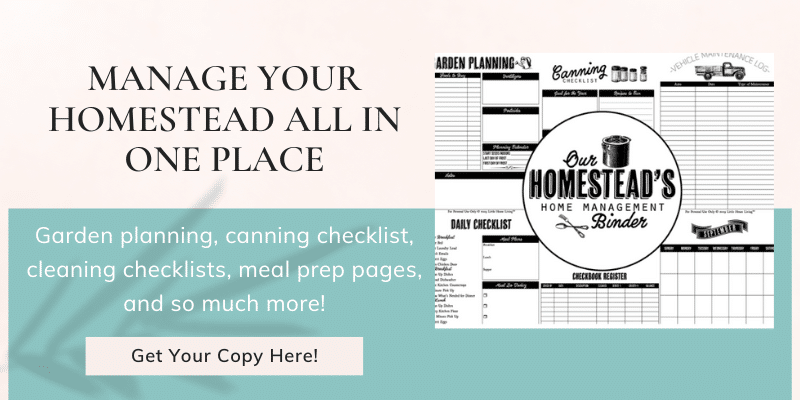
Or if you need a little help planning out not just your garden but all of your homestead day to day life, be sure and check out my printable Homestead Management Binder Pages.
What are you planting in your garden this year and where did you order from?
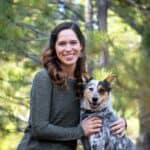
Merissa Alink
Merissa has been blogging about and living the simple and frugal life on Little House Living since 2009 and has internationally published 2 books on the topic. You can read about Merissa’s journey from penniless to freedom on the About Page. You can send her a message any time from the Contact Page.
This post on How to Choose the Best Garden Seeds was originally posted on Little House Living in January 2022. It has been updated as of February 2024.
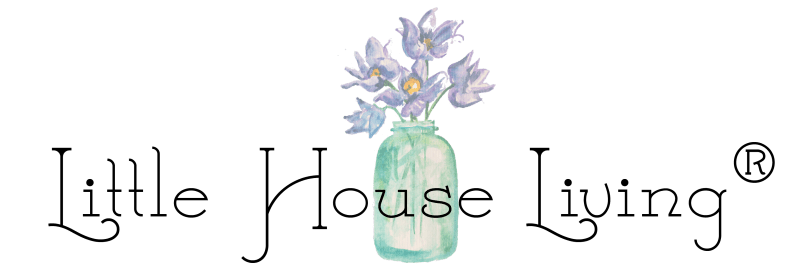
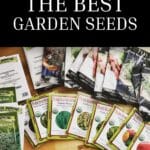

Check out Seed Treasures in northern Minnesota. They have seeds for your zone, they raise all their seed and she does comment on some that did well during their last drought.
Another company with an excellent reputation is Sand Hill Preservation in Iowa. He used to farm in Idaho so he understands short seasons and has seeds from his time there. Some of his selections he will indicate they do well in dry conditions. You need to know something about most of his varieties to determine if they are both short season and drought tolerant. But he has an excellent selection and his prices are excellent.
Thank you for the tip! I’ve order from Sand Hill Preservation for the past 2 years (just not this year), but I will check out the one in Minnesota as well.
Hi Merissa: In Calgary, we have a climate similar to yours. We have a short growing season of 90 – 100 days if we are lucky plus the summers are usually mainly warm (sometimes hot) and dry. We are an arid mountain desert climate that also experiences wide temperature swings in a single day which adds a whole other challenge. Early summer is prone to hailstorms which can wipe out the year’s crops. I usually use seeds from two companies – McKenzie which is based out of Brandon Manitoba and West Coast seeds from B.C. Most of the West Coast seeds are organic heirloom which I use for herbs that I plant in pots which can be bring inside if the weather is foul. The McKenzie seeds are a mix of heirloom and regular. I start tomatoes inside in mid March, the herbs under grow lights in February and sometimes other things in March – May. This year I plan to start some sunflowers indoors at the end of April to give them a head start because when I start them outside they don’t bloom until the end of the summer and the frost will often get the blooms before they open fully. I have saved bean and pea seeds from previous garden harvests and found some success with that as well. I no longer need to grow the massive amounts of food like earlier years when like you I was feeding a family but still grow a lot to fill the freezer and can. Any extra I give to my kids or friends. I keep a journal to record what grew well and what didn’t and note any successes or failures of new things that I tried. This year, I’m going to grow potatoes for the first time in over 10 years and try corn again as well. We eat a lot of both so it is worth it to try to grow. I love trying new things. Like you, I find this time of year a bit tough with waiting for spring. I love looking at seed catalogues and visiting a local greenhouse to get my “plant fix” to hold me over until planting time. Take care and best of luck with the spring garden.
Thank you for sharing! Your climate sounds almost exactly like ours…hail, arid, short! I just keep reminding myself that it’s almost time to get those indoor seeds started!
Ask Jackie clay blog. And Backwoods Home blog. From Cook Minnesota. Grow and sell seeds for cold climate. All open pollinated and some rare. I was happy with results.
Thanks for the seed chat! I live in Pa. However, due to many factors have not vegetable gardened for 25 years. We have heavy clay soil that we are getting tested. We are gardening above ground this year. We are testing that soil as well. I am learning a lot in a hurry and am a bit stressed with it. I am also sharing this knowledge with my son who has more fertile land. * I never thought of buying seeds from seed companies near where I live. Thanks for the idea!
I just discovered another great place: Athena Garden, athenagarden.org
They offer best garden seeds.